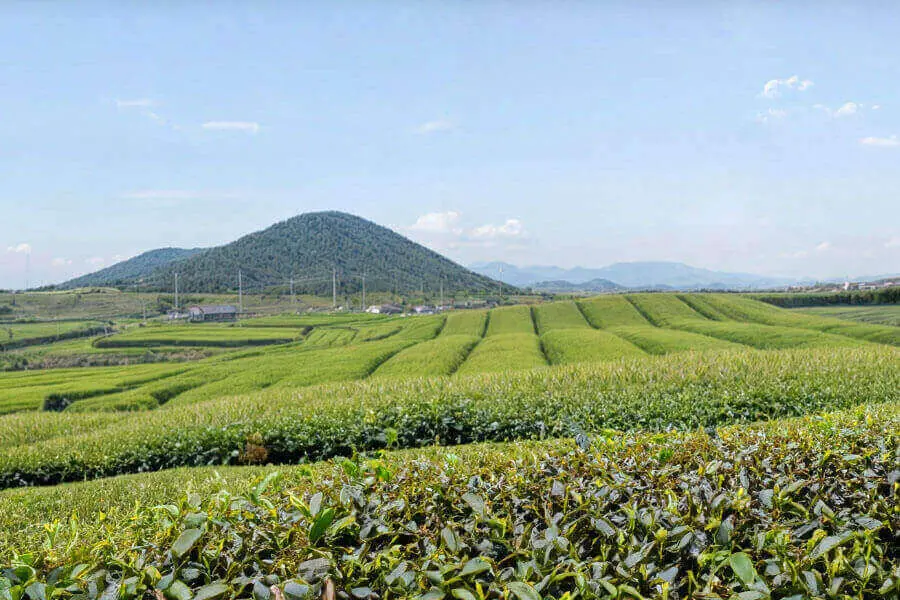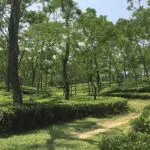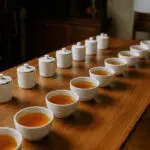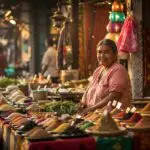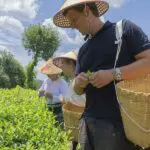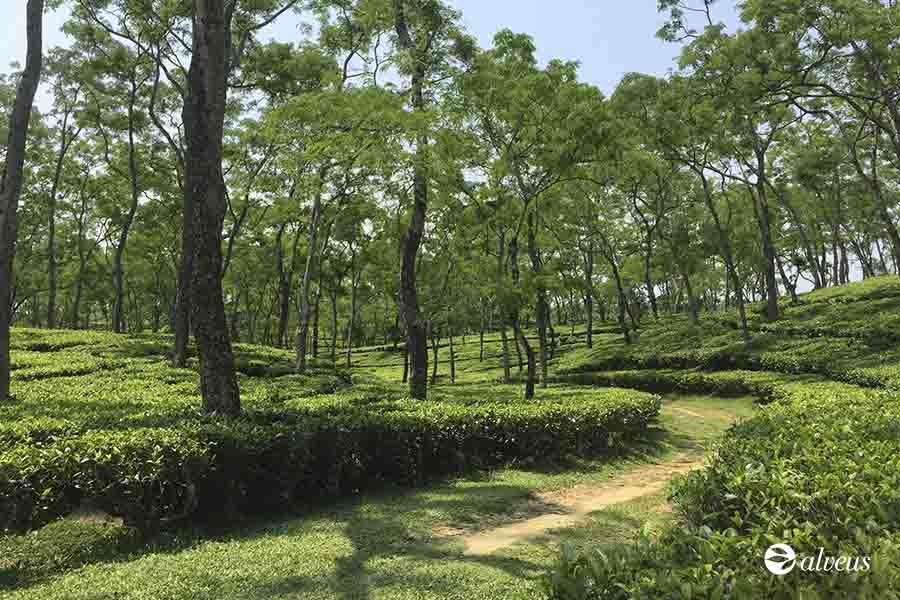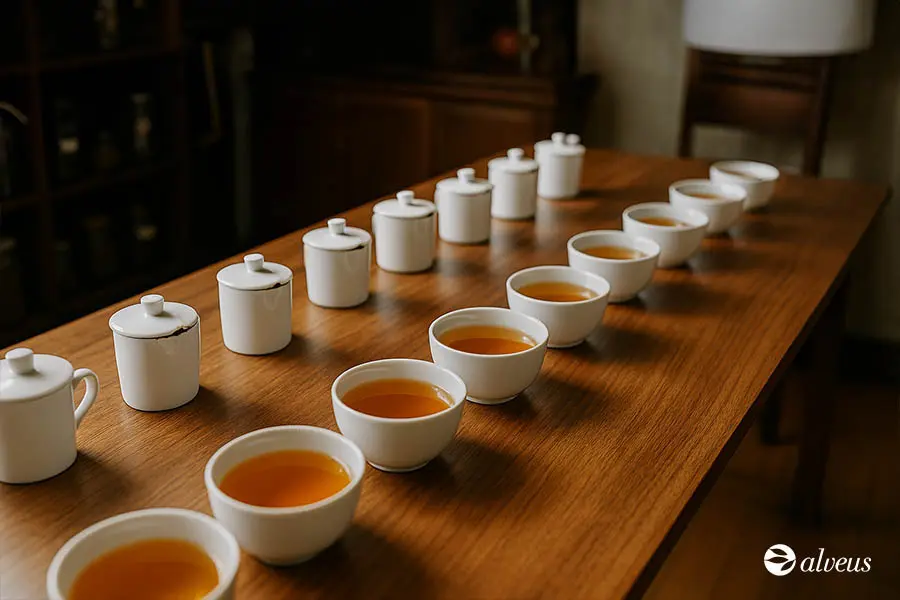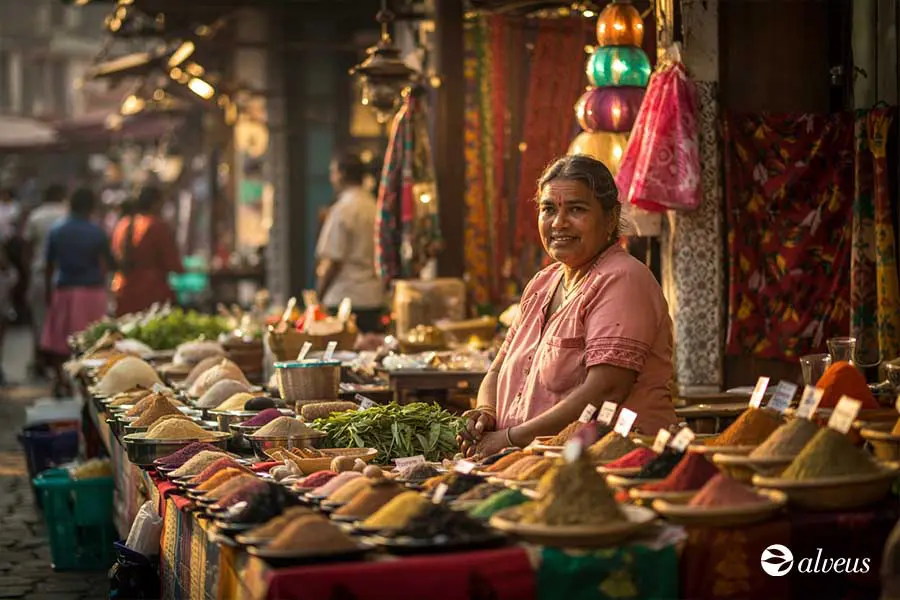Though less globally recognized than Japanese and Chinese teas, Korean tea has earned a special place in the industry thanks to its evolution and growing acceptance in international markets.
South Korea has experienced a revival of its tea culture, shaped by both Buddhism and Confucian philosophy, positioning itself as a producer of high-quality teas with a distinctive character.
In this article, we’ll travel through the history of Korean tea, exploring its deep connection to the tea ceremony and the key regions where some of the country’s finest teas are cultivated.
If you work in the tea industry, this dive into South Korea’s tea culture will offer you fresh insights to enhance your tea range and explore a market gaining increasing visibility on the global stage.
History of Tea in South Korea
The history of tea in Korea is deeply intertwined with Buddhism, dating back to the Silla dynasty (668–935 AD), when early tea varieties like black tea and pu-erh were first consumed. However, it wasn’t until 828 that Buddhist monks brought seeds of the Camellia sinensis plant from China, marking the formal beginning of Korea’s tea culture.
During the Goryeo dynasty (918–1392), with the rise of Buddhism, tea became a regular beverage among the court and aristocracy, where it played a significant role in ceremonies and rituals. However, with the rise of Confucianism during the Joseon dynasty (1392–1910), tea culture began to decline.
In the 1980s, South Korea began revitalising its tea tradition, coinciding with a renewed interest in ancestral customs, and tea farming became more industrialised.
Despite this resurgence, the tea sector faced a major crisis in 2007 due to the misuse of pesticides, which damaged the reputation of Korean teas. However, this also marked a turning point; agricultural practices were overhauled, and the country shifted towards more sustainable methods, emphasising organic production, especially on Jeju Island, where volcanic conditions provide nutrient-rich soils ideal for tea cultivation.
Today, Korean tea is undergoing a renaissance, gaining international recognition for its quality, often compared to Japanese teas but at more competitive prices.
Korean Tea Ceremony
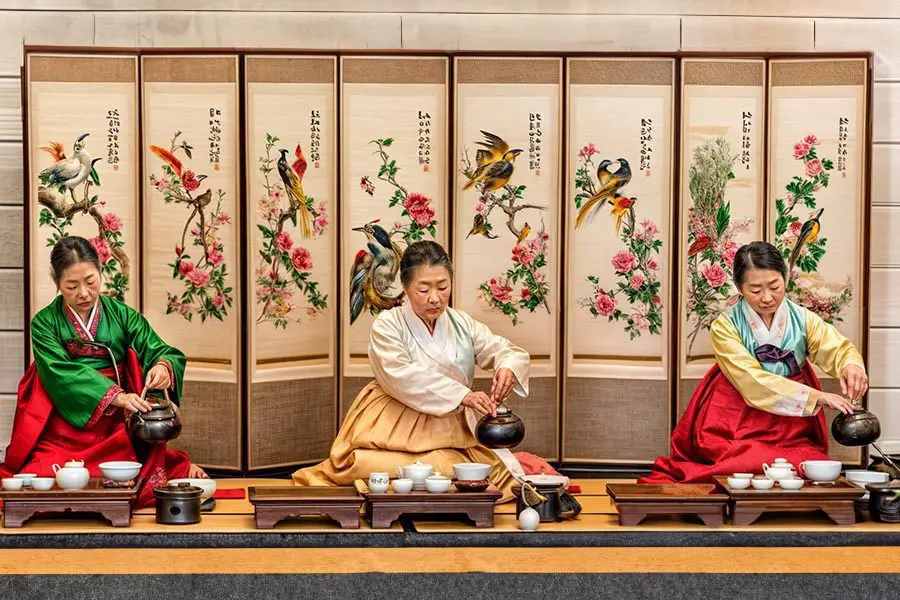
The Korean tea ceremony, known as Darye, is a deeply ingrained cultural tradition practised for over a thousand years. Originally influenced by Buddhist and Confucian rituals, Darye is characterised by its simplicity and natural flow, aiming to create a relaxed and harmonious atmosphere for the participants.
More than just a social event or formal ritual, the Korean tea ceremony promotes calm and mutual respect, focusing on the enjoyment of tea in a tranquil environment.
While it follows a structure, it does so without the rigidity of other ceremonies, allowing participants to appreciate the moment without the pressure of complex etiquette. Today, it has seen a revival as a way to disconnect from the fast-paced modern life, keeping alive one of Korea’s most cherished traditions.
Main Tea-Growing Regions in South Korea
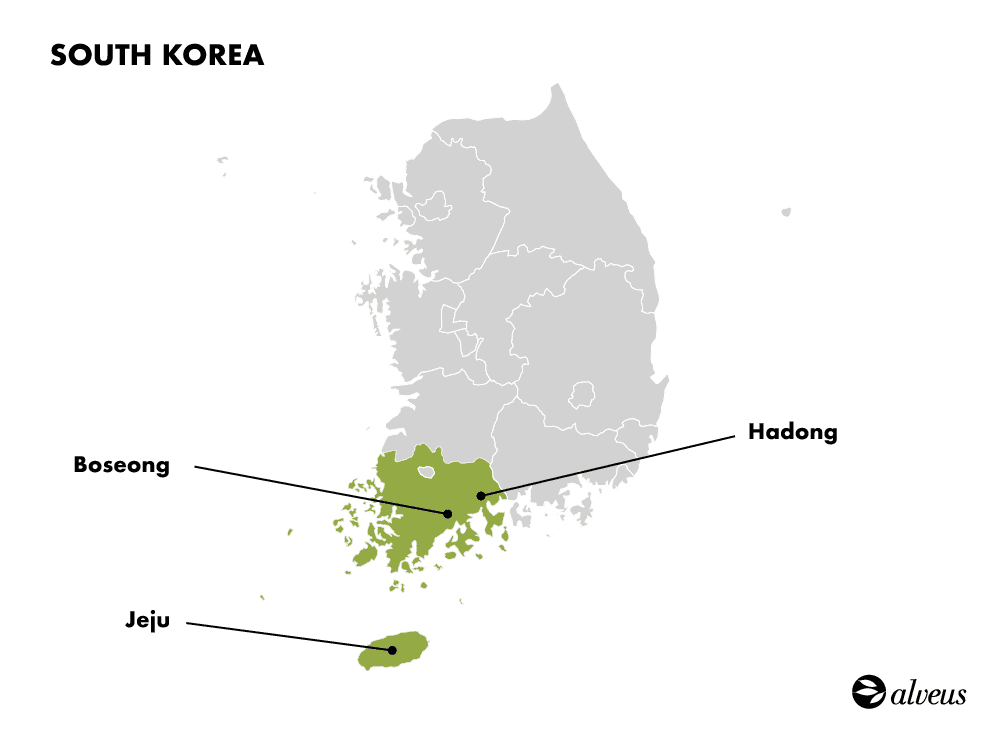
Tea in South Korea is primarily grown in various provinces and counties, each contributing unique characteristics to the final products.
Jeju
Jeju Island, with its mineral-rich volcanic soil and excellent drainage, is renowned for producing some of Korea’s finest and most sought-after teas.
Jeju’s soil creates an ideal environment for tea cultivation, contributing to the unique flavours and aromas. Teas from Jeju are known for their high quality and are often found in speciality tea shops worldwide.
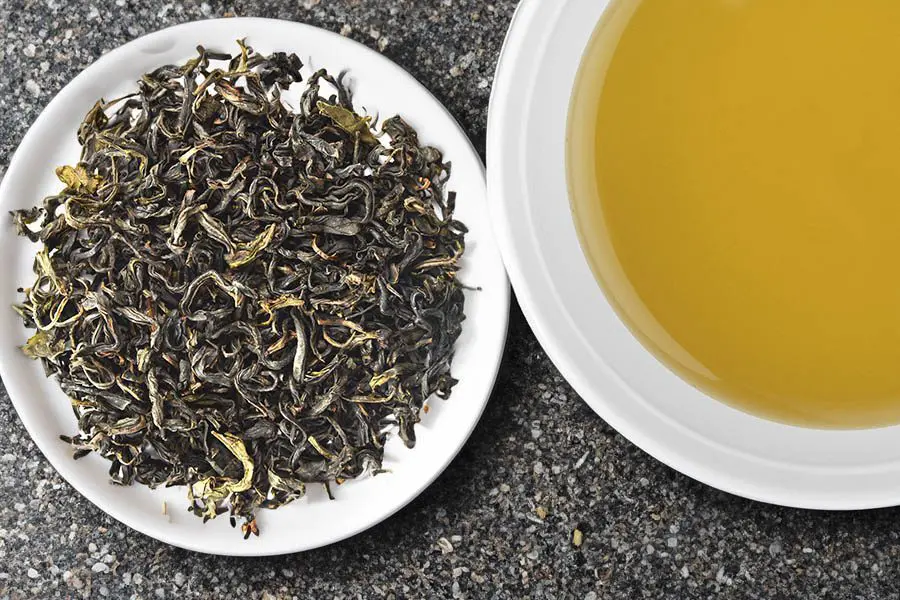
Boseong
Located in Jeollanam-do province, Boseong is famous for its green tea production and is one of Korea’s historic tea-growing regions. The plantations in this area benefit from a temperate, rainy climate, producing high-quality tea leaves.
Hadong
In Gyeongsangnam-do province, Hadong is another prominent tea-growing region. The combination of its fertile soil and favourable climate contributes to teas with rich, complex flavours.
Hadong is also known for its traditional methods of tea cultivation and processing, adding extra value to its products.
Popular Korean Teas
Korean tea stands out for its processing methods and flavour profiles. Here are some of the most popular varieties, both in Korea and internationally.
Woojeon
Woojeon is a premium green tea, harvested during the first flush of spring. Known for its smooth taste and finely rolled leaves, Woojeon is distinguished by its deep green colour and delicate flavour with nutty notes.
The production process blends Japanese steaming techniques with Chinese roasting methods, resulting in a unique tasting experience.
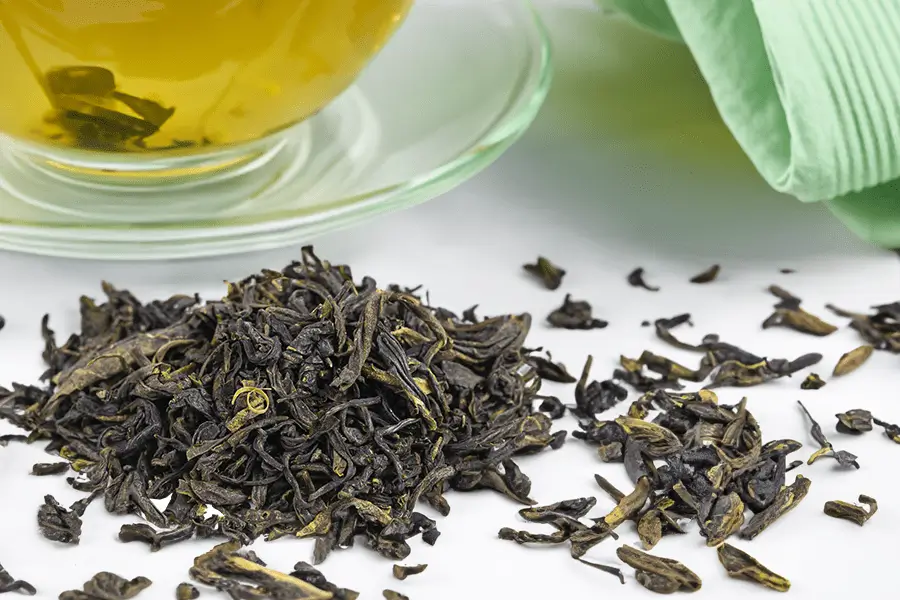
Sejak
Sejak is another first-flush green tea, harvested at the end of spring. Though slightly lower in quality if compared to Woojeon, Sejak is appreciated for its fresh taste and lower price.
Joonjak
Joonjak is a second-flush green tea, harvested later in spring. Its olive-green leaves yield a tea with more body and colour when compared to Woojeon, though it is a bit less smooth and sweet.
Daejak
Daejak is an autumn-harvested green tea, produced in September. With a browner colour and a more robust flavour, Daejak is perfect for those who prefer stronger teas, and it’s also an excellent base for flavoured infusions.
Jeoncha
Jeoncha is the Korean equivalent of Japanese Sencha. Produced during the first and second flushes, Jeoncha teas resemble Japanese varieties but tend to have a more subtle flavour profile.
Garucha
Garucha is a finely ground Korean green tea, similar to Japanese matcha.
While it’s hard to distinguish a high-quality Garucha from a top-grade matcha, the finest Garuchas are prized for their intensity and depth of flavour.
Popular Herbal Infusions in Korea
In addition to traditional teas, Korea is also known for its herbal infusions, or tisane, which are popular for their unique flavours and health benefits.
These beverages, made from fruits, roots, and herbs, are enjoyed throughout the country and play a significant role in Korean wellness culture. Here are some of the most well-known ones.
- Omija-cha. This infusion is made from omija, or magnolia berries (Schisandra chinensis). The name “omija” means “five flavours” as this tisane offers a unique blend of sweet, sour, bitter, salty, and spicy. It is appreciated for both its taste and supposed medicinal properties.

- Insam-cha. Korean ginseng tea, or insam-cha, is one of Korea’s most traditional and valued herbal infusions. Made from ginseng root (Panax ginseng), this tisane is known for its revitalising properties.
- Saenggang-cha. This ginger tea is especially popular during the colder months. Saenggang-cha is prepared with fresh ginger and is often sweetened with honey or sugar.
- Yuja-cha. This tisane is made from yuja, a citrus fruit similar to yuzu. Yuja-cha is a popular winter drink, known for its tart, citrusy flavour and high vitamin C content.
Conclusion
Korean tea, with its rich cultural heritage and focus on quality, has firmly established itself as a notable player on the global tea stage.
Regions like Jeju, with its nutrient-rich volcanic soil, have allowed South Korea to cultivate top-tier teas, distinguished by unique flavour profiles and sustainable production methods, particularly in the domain of organic teas.
For tea professionals, Korean tea presents an exceptional opportunity to diversify offerings with products that stand out for their taste and their commitment to eco-friendly agricultural practices.
The combination of volcanic soils, ideal climates, and a strong focus on organic techniques has resulted in teas that rival the best in the world, gaining increasing recognition for their authenticity and excellence in international markets.
Incorporating Korean tea into a professional selection not only adds variety but also connects consumers with a tradition steeped in history and quality. In a marketplace that continues to demand more sustainable and innovative products, Korean tea offers unmatched tasting experiences that blend modern production techniques with a deep cultural legacy.
Explore our exclusive selection of Korean teas and bring the tradition and excellence of South Korean tea to your customers:


